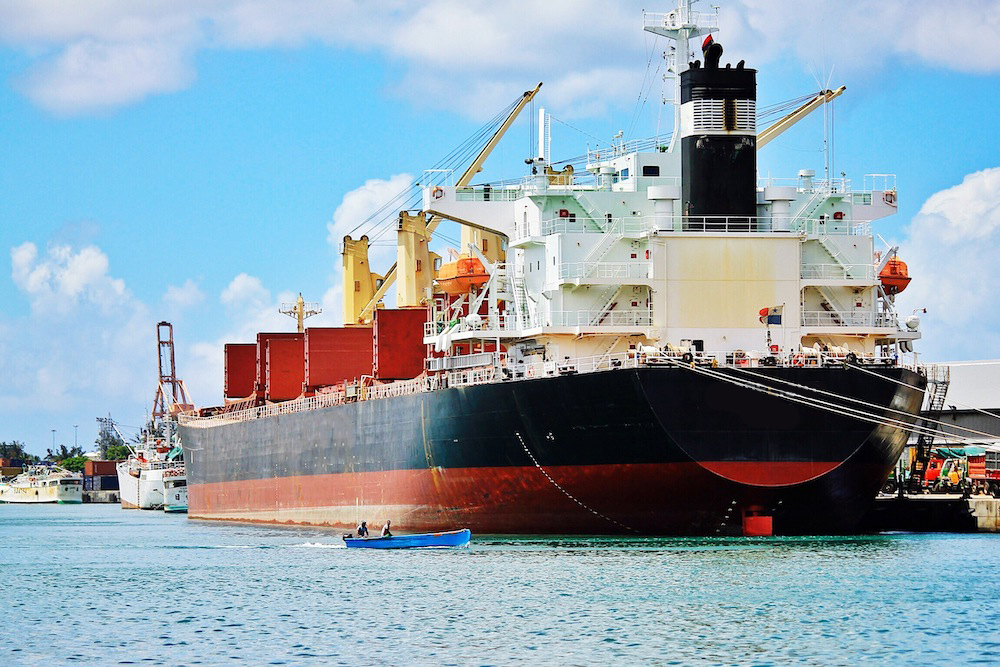
Businesses that use disparate legacy systems to both capture data and bill customers are almost certainly experiencing revenue leakage. This is because they rely on highly subjective manual data entry, so billing opportunities are invariably lost, resulting in customers paying less than they should be.
Nowadays, even the best legacy systems aren’t up to the task of adequately tracking every revenue-generating event. Either somebody forgets to input the relevant data or does so incorrectly. If that error is not spotted, over the course of a year, such mistakes can have a significant negative impact on a terminal’s bottom-line.
How Big is the Revenue Leakage Problem?
While most now deploy cutting edge technology when handling containerized cargo, around two-thirds of terminals still rely on spreadsheets to manage rates and customer contracts. Unsurprisingly, given the complexity of the handling processes involved, many services or products provided by the terminal operator are either under-billed or not billed for at all.
Just exactly how big is the problem? From disputes raised by customers, it has been estimated that, on gate movements alone, terminals mostly reliant on manual reporting could be losing around one to two percent of revenue due to errors. Even more worrying, on the quayside and in the yard, incorrectly logged transactions could be costing terminal operators significantly more.
The fact that each terminal customer has distinct rates under individual contracts means the opportunity to incorrectly log these is a genuine concern. While one shipping line may have agreed to pay for expedited service as part of an overall value-added package, another may be content to stick with the terminal’s standard handling contract. If someone forgets to reflect this difference when entering the information onto a spreadsheet, one customer is billed correctly and another is not. Although customers are likely to query errors that cost them money, they will probably ignore those that involve undercharging.
What Can We Do About it?
If legacy software solutions used in a terminal simply can’t talk to one another the scope for under-billing will always exist. This is particularly relevant when a business’s sales and marketing division strikes different rates with different customers: if these are incorrectly applied on the quayside, it is highly likely that such errors won’t be spotted, unless the terminal’s software systems are fully integrated.
This problem is relatively easy and also inexpensive to fix, although it requires your Terminal Operating System (TOS) to integrate with equipment handling software that links event recording with back-office systems responsible for billing and accounting.
to explore how Tideworks implemented Mainsail® at Santa Marta International Terminal Company to increase throughput to 60,000 moves and double their amount of billing.
Tideworks Mainsail 10 and Billing Solution
Tideworks’ Mainsail 10 terminal operating system not only allows you to be more efficient overall but also more profitable by eliminating revenue leakage. Mainsail 10 has open APIs that will work with most existing legacy systems and therefore ensure that revenue-generating events are not missed. Individual containers are automatically tracked as they move through the terminal, with each revenue-generating event logged as it occurs.
Even last-minute changes to rates or amendments to service agreements can be automatically applied to each container handled in real-time, with these changes accurately reflected in the final bill that the customer pays. Such ease of use is a feature that the proprietary billing service, embedded within Mainsail 10, offers to provide all the necessary transparency for both customers and terminal operators. Additionally, it eliminates the need for separate billing systems to be present in different areas of a terminal; instead, the billing module can be configured to ensure that each event or value-added service that takes place is invoiced accordingly.
Of particular significance is that, as each event is logged by the system, the billing module automatically creates a charge for that and finds the appropriate contract rate. The terminal operator can, therefore, see exactly how much revenue a particular container has generated during its stay in the terminal, giving a greater understanding of where potential additional revenue earning opportunities exist and where revenue leakage might also be taking place.

The Mainsail Billing Module Folio View
Furthermore, the Mainsail 10 billing service can be integrated to work with a wide variety of third-party software, such as Enterprise Resource Planning systems (ERP) or Customer Relationship Management (CRM) systems, connecting with these in real-time. Any billing query can, therefore, be resolved in real-time while the system reflects the most up to date information available, in areas such as rates or contract amendments. By extension, it is possible to provide customers with rates and quotes in real-time, obviating the need for someone in the billing department to manually prepare these terms.
Mainsail 10 is also able to identify revenue leakage in other areas by tracking data over time for further analysis. Terminals can later use their results to optimize revenue during contract negotiations.
Mainsail 10 and the billing service also integrate with data platforms like Tideworks Insight and provide historical data. With Tideworks Insight, important revenue information can be displayed in a number of different ways and comparisons made between customers. This availability of information over time helps the terminal fine-tune its business and spot further revenue-generating possibilities not previously identified.
With Mainsail 10 and the proprietary billing service, terminal operators have greater visibility into revenue leakage at their terminal so they can quickly take corrective action before it negatively impacts their terminal’s performance and bottom-line. Terminal operators now have a much better appreciation of what is actually happening with their business to maximize their profits.


